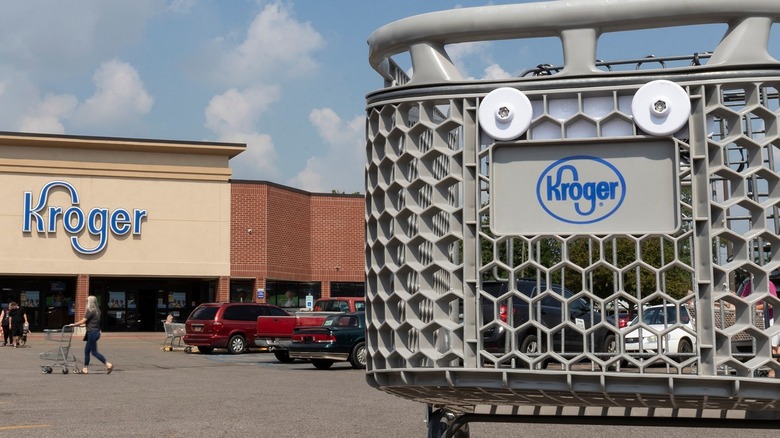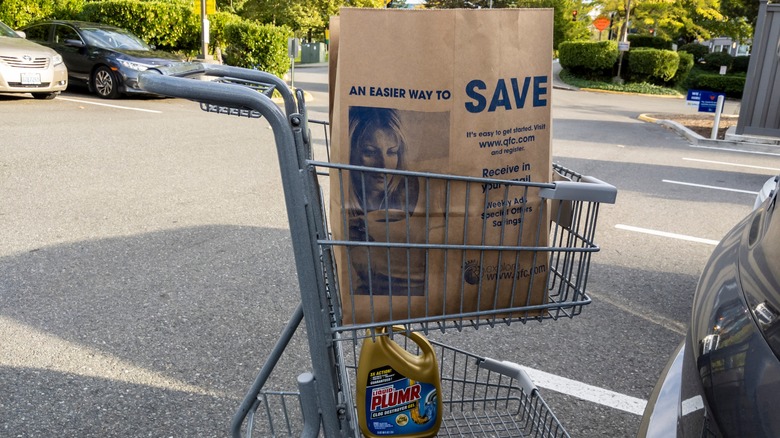How Kroger Shoppers Are Reacting To Inflation
After emptying the wallet to fill the gas tank, the grocery shopping list can see a modification. With food costs soaring, consumers feel the pressure from inflation and see the impact of shrinkflation. As the biggest U.S. grocery store operator, Kroger carefully monitors consumers' shopping habits. In a recent investor call, Kroger CEO Rodney McMullen reported curious changes to the purchases of Kroger shoppers. From the shopping frequency to the items in the cart, the changes seem to fall into distinct categories.
As discussed in a recent The Wall Street Journal article, some consumers with more disposable income continue to make higher-end purchases. While the beginning of the pandemic saw home cooks splurging on more costly food items, consumers impacted by the current economy's state have pulled back from the extras. From more frequent to smaller shopping purchases to big bulk items designed to save, the concepts are linked by the desire to maximize dollars spent. In addition, consumers look to private label brands, which can be a lower cost versus bigger brand names.
While it appears that consumers are not skipping the store all together, there is a more judicious approach to the food placed in the cart. That impulse buy might be tabled for a little while longer.
How is Kroger adapting to consumers' changing shopping habits?
During a recent call, Kroger CEO Rodney McMullen offered investors some interesting food shopping facts to savor. While CNN reported that consumers are ready to step back into the brick-and-mortar location to shop, they tend to be a little more picky with their purchases. Even though it costs more for consumers to purchase the same items from a year ago, the reality is that consumers are looking to brands, like Kroger, who offer the value they seek.
Although companies tend to pass costs onto the consumer, The Wall Street Journal reported that some grocers and retailers are not easily accepting the rising prices. Kroger has absorbed some costs and is looking to minimize increases. While the business practices are good for the bottom line, consumers see the impact on their wallet. If the product is similar and the sale price is vastly different, some people opt for the lower-priced option.
From modifying the shopping list to avoiding the splurge to switching to private label offerings, consumers are looking to be savvy shoppers. When every dollar counts, the smart shopper is the one who rises to the top.

